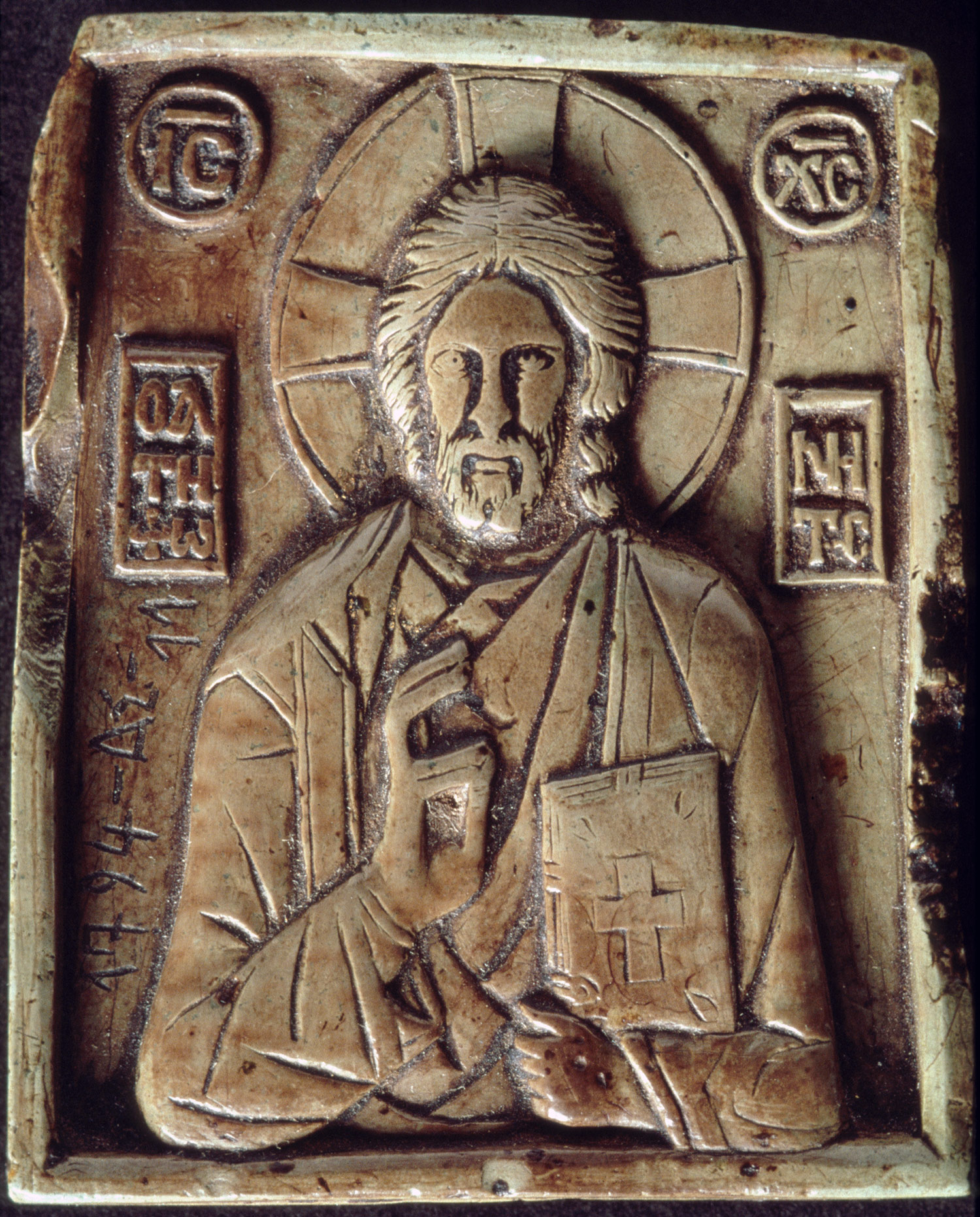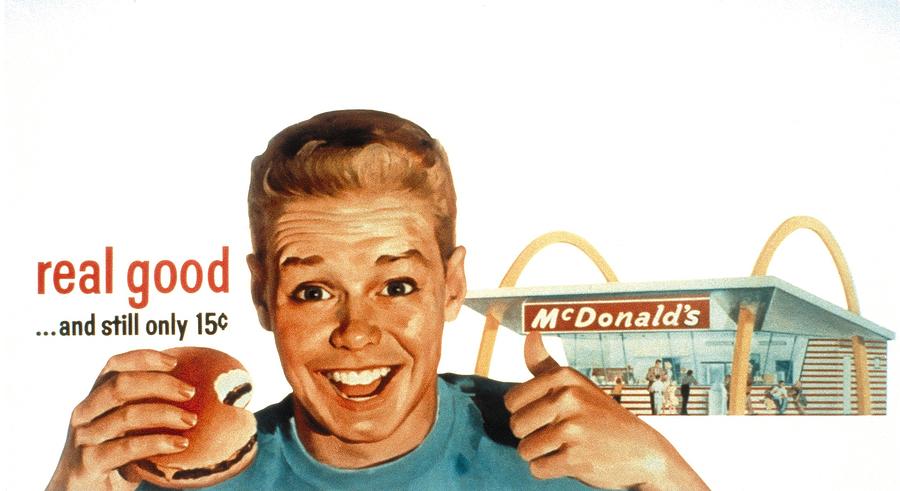When I was presented with the technology requirement of our performance art piece I instantly had the idea for what I was going to do. The inspiration for what I was going to do stems from my major in Film and Multimedia, and my love for how the world appears though the lens of a camera. My piece consists of me guiding my self through my daily world looking at a image being generated on a screen in real time through a camera lens. Many times when i have been filming either a sporting event, or some kind of live performance, when I take my face away from the screen of the camera for a few moments I notice how different everything looks. As a my performance allowed me to find out what it is like to view where I am every day through the camera. In addition, another aspect of my project was to see what peoples reactions would be to me viewing the world through a camera instead of just with my eyes. I wanted to see their reaction to having someone walk past them and not knowing if that person was filming them or not. I found doing my performance art piece to be very rewarding and enlightening.
Wednesday, November 28, 2012
Scopitones.com
http://scopitones.com
Sunday, November 25, 2012
Advertisement vs Propaganda
At first glance advertisement and propaganda may appear to be the same thing. However, after closer investigation there are some differences that deviate the two topics. The common goal of both advertisement and propaganda is to persuade consumers about a topic or thing. That being said the topic is usually different depending on if you are dealing with advertisement or propaganda. For example, advertisement is generally when you are trying to convince a consumer to buy your product. You present the consumer with facts that will show how the product or action will better their lives. In addition, advertisement is usually associated with material items. In contrast, propaganda generally consists of a distorted message/facts that have been designed to make people think a certain way. Propaganda is also generally associated with polotics and religion.
Wednesday, November 14, 2012
Eva and Adele
Eva and Adele are a couple who work together in the arts. When asked neither will disclose what their real names are. The couple is famous for their performance shows, but they have also had works published in art exhibitions. Eva and Adele dress identically to each other and have aggressed to never spend a night apart from each other. Further more, they have also aggressed to never have guests over without being fully dressed up. Although they could get married as a man and a woman it was important to Eva and Adele to be able to marry as two women. After going to court and arguing that while Eva may have the body of a man he has the soul of a women; the judge decided to grant Eva his request to receive a new birth certificate stating that her sex was female.
My Favorite Flash Mob
After researching several different flash mobs I choose this one that was preformed by The University of Minnesota's School of Music. I chose this flash mob because I liked the organic nature of it. Not only were the dancers preforming along with the music but they were also singing and creating the music they were dancing to. I found that to be very impressive. I felt like I could relate to the performers because the preformers were college students.
Wednesday, November 7, 2012
Iconoclasm
 Iconoclasm relates to the destruction of religious icons and other symbols of religious and political importance. Generally iconoclasm is implemented as part of a major political or religious change. Iconoclasm could also mean to destroy images of a rulers after he has died or been overthrown. Supports of Iconoclasm are generally referred to as "Iconoclast." This term has also been adopted to refer to anyone who challenges established conventions. Iconoclasm can either occur between different religions or manifest between multiple factions of the same religion.
Iconoclasm relates to the destruction of religious icons and other symbols of religious and political importance. Generally iconoclasm is implemented as part of a major political or religious change. Iconoclasm could also mean to destroy images of a rulers after he has died or been overthrown. Supports of Iconoclasm are generally referred to as "Iconoclast." This term has also been adopted to refer to anyone who challenges established conventions. Iconoclasm can either occur between different religions or manifest between multiple factions of the same religion.Sunday, November 4, 2012
Joseph Beuys
Joseph Beuys was born on May 12, 1921 in Krefeld Germany. He was the son of a merchant. Even at a young age Beuys was regarded by his teachers to be excellent at drawing. Beuys worked in many different areas of art including graphic art, sculpture, and performance art. He grounded his work in the concepts humanism, social philosophy, and anthroposophy. His "extended definition of art" included the ideas behind social sculpture and gesamtkunstwerk which means the ideal work of art. During his career Beuys was characterized by the public debate that he stimulated. However, he is now regarded as one of the most influential and intriguing artists of the 20th century. Beuys was also a member of the Flux movement where artists challenged the boundaries of what was considered to be art. However, he tended to fallow a slightly different set of guidelines then the typical flux artist. One of the mediums that Beuys is known for was his work with fat. One of his most well known works Fat Chair utilized this medium.
Sheryl Oring
Sheryl Oring is most widely known for her project "I Wish to Say." After spending some time in Europe Oring noticed how Europeans believe that all Americans think a like. This resulted in the inspiration for the project. The point of I Wish to Say is to showcase the diversity between all Americans. Oring began the project in 2004. She would dress up as a 1960's secretary and set up a typewriter on the street. She would then ask people "If I were the president of the United States, what would you wish to say to me?" Oring then types up the responses she receives and puts them on postcards and sends them to the White house. To record the performance experience Oring takes photos and video of people responding to her question.
Subscribe to:
Posts (Atom)




